Nothing in cart

The Nuance of Form-Follows-Function
Afamily business, supplier, and watch manufacturer – Marathon Watch Company is a brand horology enthusiasts ought to come across and know about. Run by the Wein family, the company was recognized for its focus on supplying fine tool watches to several watch military forces globally. The household name may even be familiar to military watch collectors (or those who have read our Hamilton’s Khaki Trilogy). They are one of the longstanding brands in continuing their military traits up to this day.

There are many collectors out there with whom the Marathon sobriquet still doesn’t ring any bells. The main reason for this is the tool-watch maker and purveyor neither spend much time advertising heavily nor do they sell much to retailers that cater to civilian consumers at large. Therefore, this conversational-style article sets forth to lend a hand to those who might have just heard about the buzz. We sat down to further understand the Canadian-based watch company (through our screens, of course). We talked to Michell Wein, the current vice-president and third-generation ménage of leading Marathon Watch Company.
Of course, we’re curious to hear from the man behind the brand on several insights into what it takes to continue guiding Marathon to be the world’s greatest military directorate purveyor. This includes necessary steps for the company to orchestrate a string of legit collaborations between militaries and, of course, consumers. And yes, we know they paid close attention to us, civilians, too. This is evident through our extensive discussion on what’s up with the brand in today’s time – where people are bandwagoning into the world of watches.

We learn more in-depth about what Marathon is all about through this interview, especially on the design process for their products to come into fruition. The brand’s undying focus on pure functionality is the go-to for real-life situations where one needs to bash through unforgiving terrains and a sense of pulchritude for a tool watch audience.
After all, Marathon timepieces are more than capable of handling our daily go-about and as much abuse you could throw at it whether you’re outside or at home. Therefore, in this exciting interview, the man himself offers a range of interesting facts during the discussion, alongside anecdotes that are nothing but the eclectic breadth of the phenom Marathon Watch Company – offering the Marathon story to everyone. So without further ado, let us begin.
Brief History
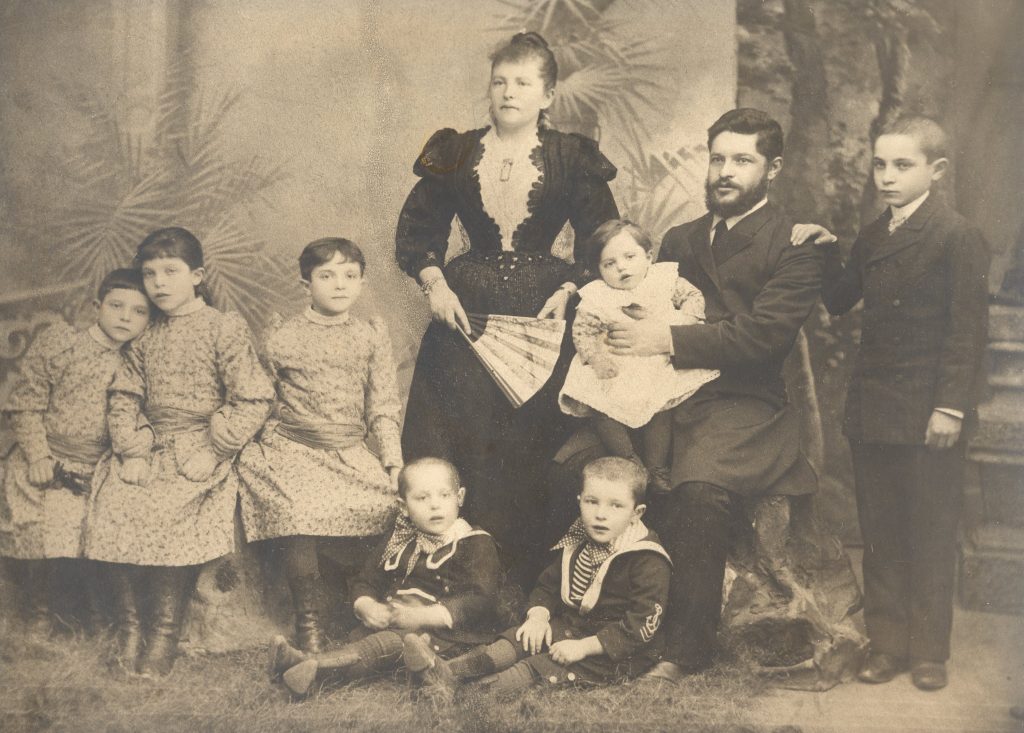
Okay. Before we actually dive into the conversation, I’d like to take some time to enlighten you just a little bit more on the brand’s history. The abounding account of the Marathon Watch Company started in 1904 when it was initially founded as the Weinstrum Watch by members of the Wein Family.
Originally from Russia, the Weins had already set foot in watchmaking and came to the United States to embark upon their first venture abroad. Some of the members decided to move to Montréal, Canada and started Wenger Watch Company there.
Although there are zero relationships to the Swiss counterpart with the same moniker, Wenger Watch Company was considered a notable Canadian watch brand in the 20th century. From there, one of the 2nd generation kindred, Morris Wein, went on to start yet another watch company in populous Montréal, and it goes by the name we know today: Marathon Watch Company.
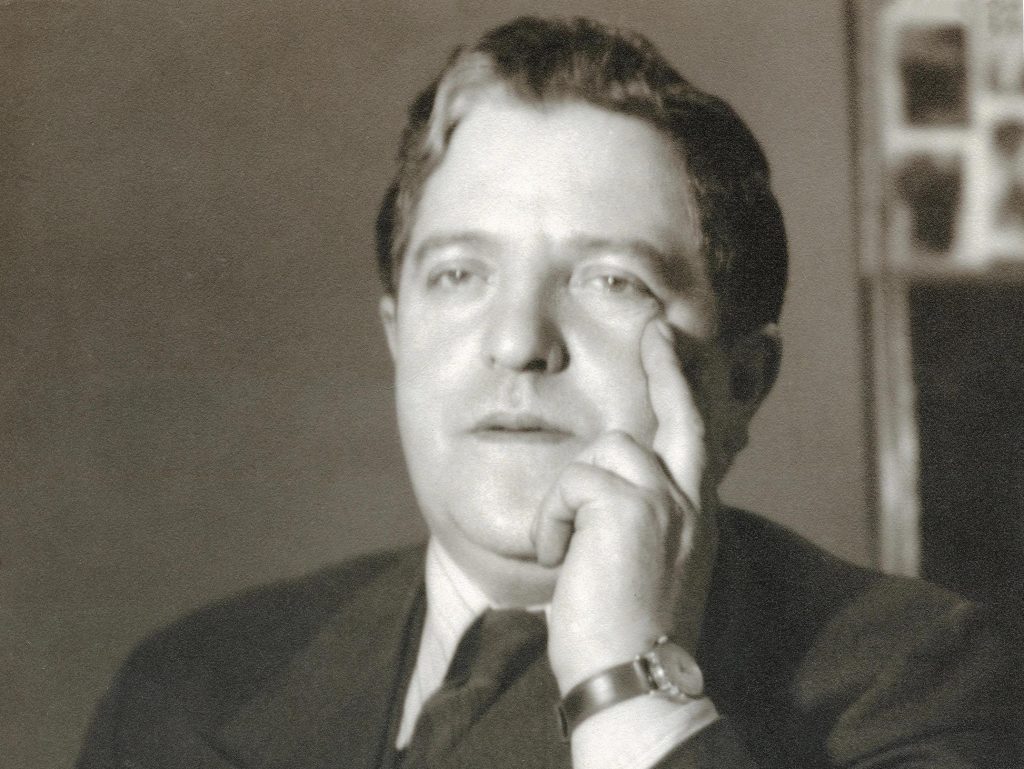
Best in the Long Run
Intriguingly, the exemplary watchmaking entity didn’t start off by catering contracts with the military forces. Not just yet. Instead, Morris focused on producing simpler-looking watches – designs and styles similar to other renowned watchmakers – which were in vogue at that time. When I mentioned simplicity, that does not confer to those generic, boring dress watches, far from that. The company focused on extravagant, art-deco-styled timepieces with alacrity.
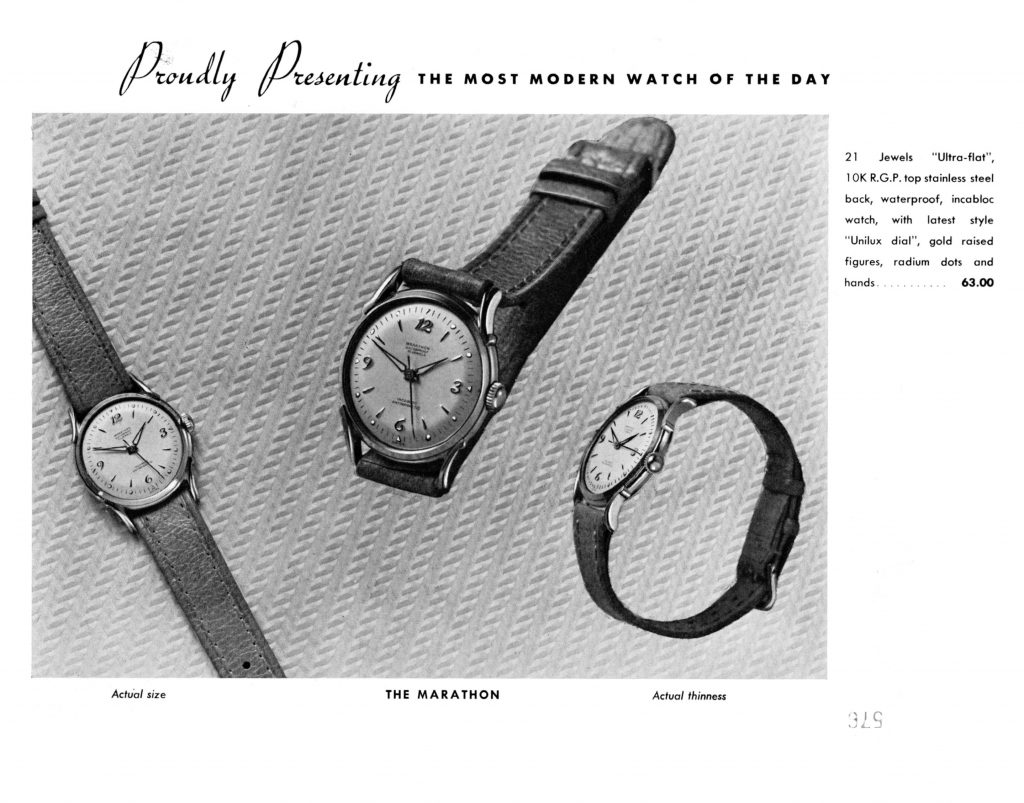
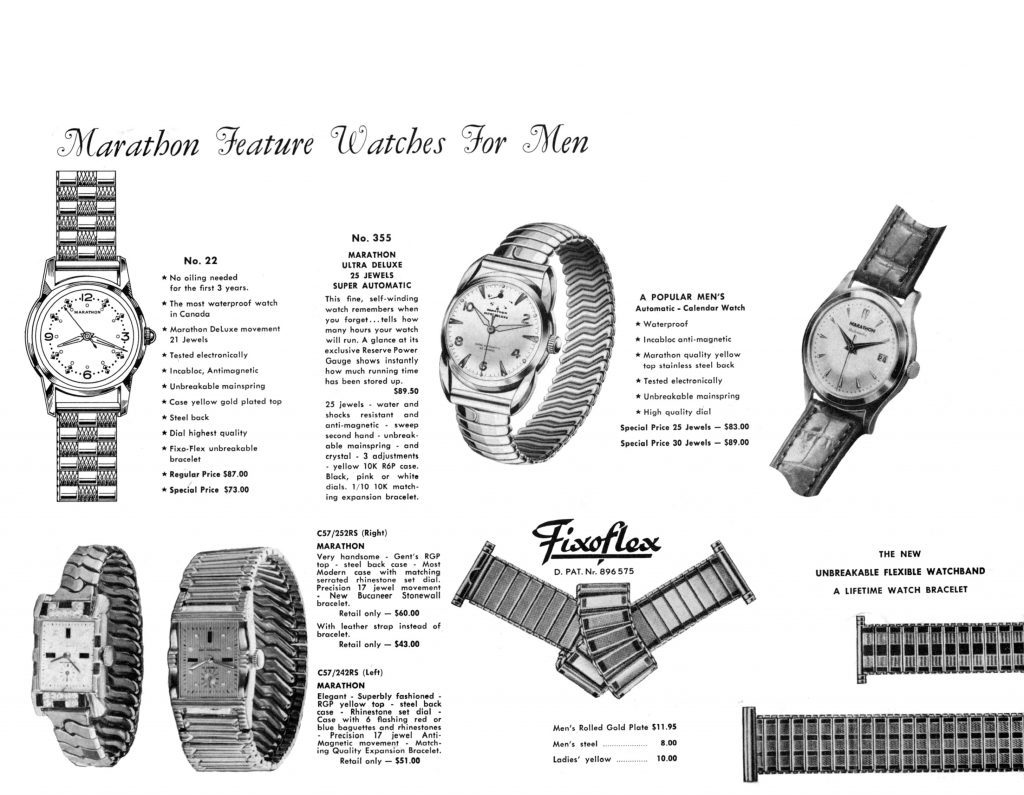
The production of these fine timepieces stretches through several decades, in tandem with their field watches, during and after the war times. Not only does the brand works on these, but Marathon was also capable of producing some excellent pocket watch with enamel dials and ornamented cases in different forms. These catered to those professionals working in the railroad industry, similar to the likes of Hamilton Watch Company. And so did their wristwatches, where they exude quality.
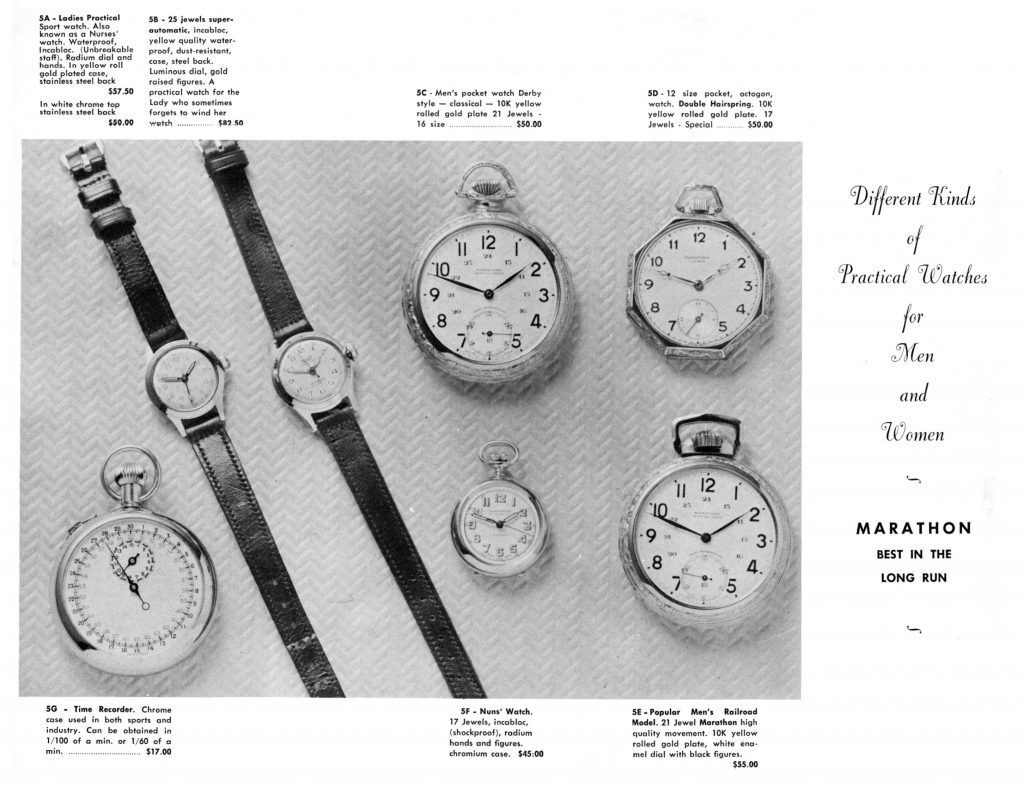
The company has strived to produce legible time-reading and watches crafted to withstand the test of time from the start. Every timing instrument under the helm of Morris was executed to the utmost reliability possible. This demonstrated the brand’s core principle in manufacturing, no matter what designs or genres those watches are. They are as stylish as they are utilitarian in design.
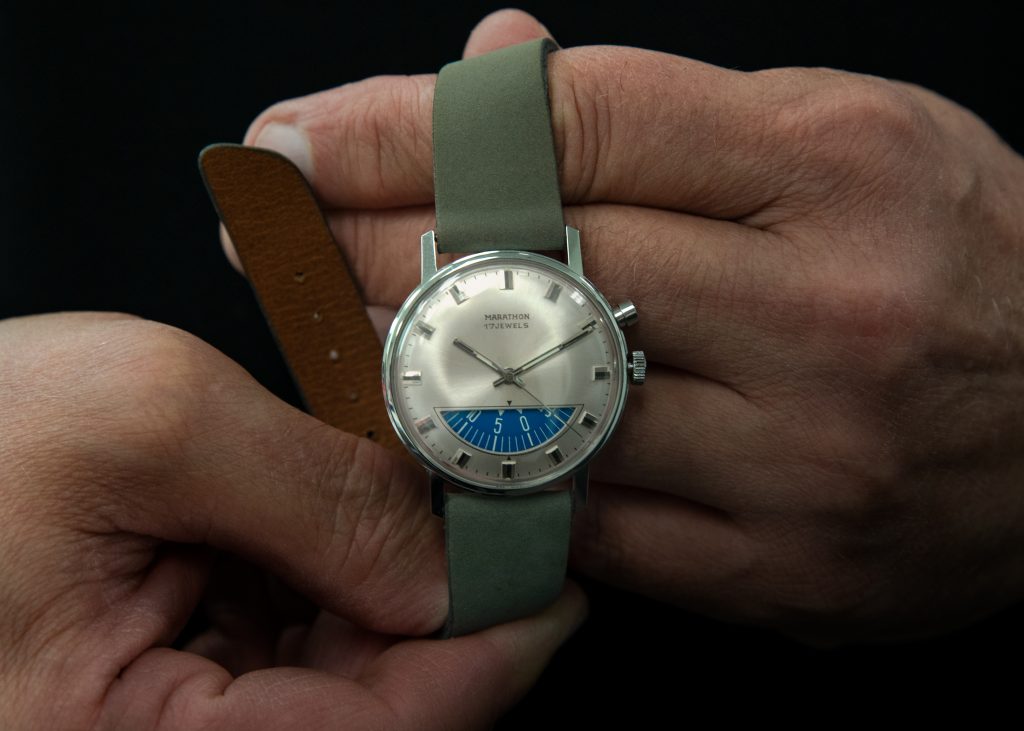
We knew Marathon began manufacturing rugged timing instruments in 1941 for the Allies during World War II, which marked the direction of the company’s rich military past. The rest, as they say, is history. The brand zoned in to fabricate different timing instruments for the Allied forces, with the first few contracts from the British army and the Canadian troops. At this point in time, the only way one got a Marathon was to be issued one by the government.

The Marathon Watch Company was gradually recognized for producing accurate military-grade watches, and several other nations started to order theirs. Although things were as such, the brand’s reputation took off when they began building the mil-spec GG-W-113 general purpose watches for none other than the U.S. military during the late fifties Vietnam war. This particular watch was produced along with Hamilton, Altus, and Benrus, according to the specification issued by the General Services Administration (GSA). The watch has to qualify for the military, striving to be the utmost accurate and durable timepiece at that time, withstanding occurrences of actual combat situations.
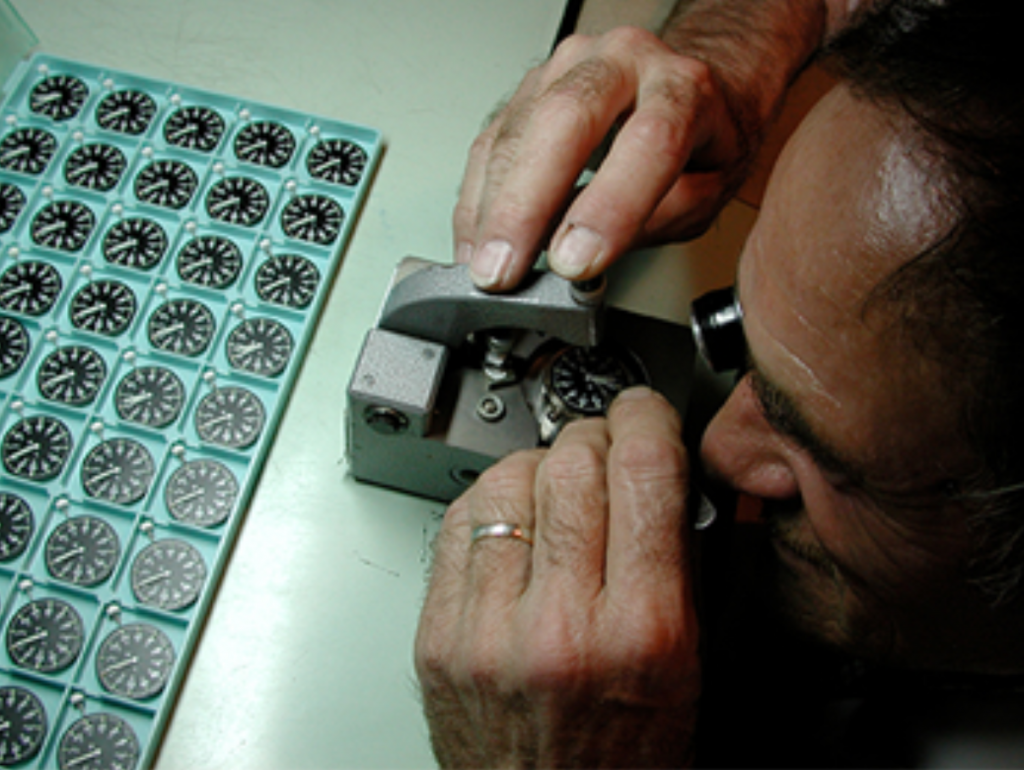
From there, Marathon kept on with their updated Mil-W-46374 “ground pounders.” According to the requirements, Marathon’s MIL-43674 spec field watches came in a different design from other suppliers as there were several revisions according to the requirements. These two particular models have continued to live on in Marathon’s portfolio – keeping the same aesthetics with a better-build thanks to modern watchmaking prowess – under their “General Purpose” collection. From here, we see the longevity of a certain persistent pursuit of quality military-grade watches by Marathon. There’s nothing more authentic and enduring as this.
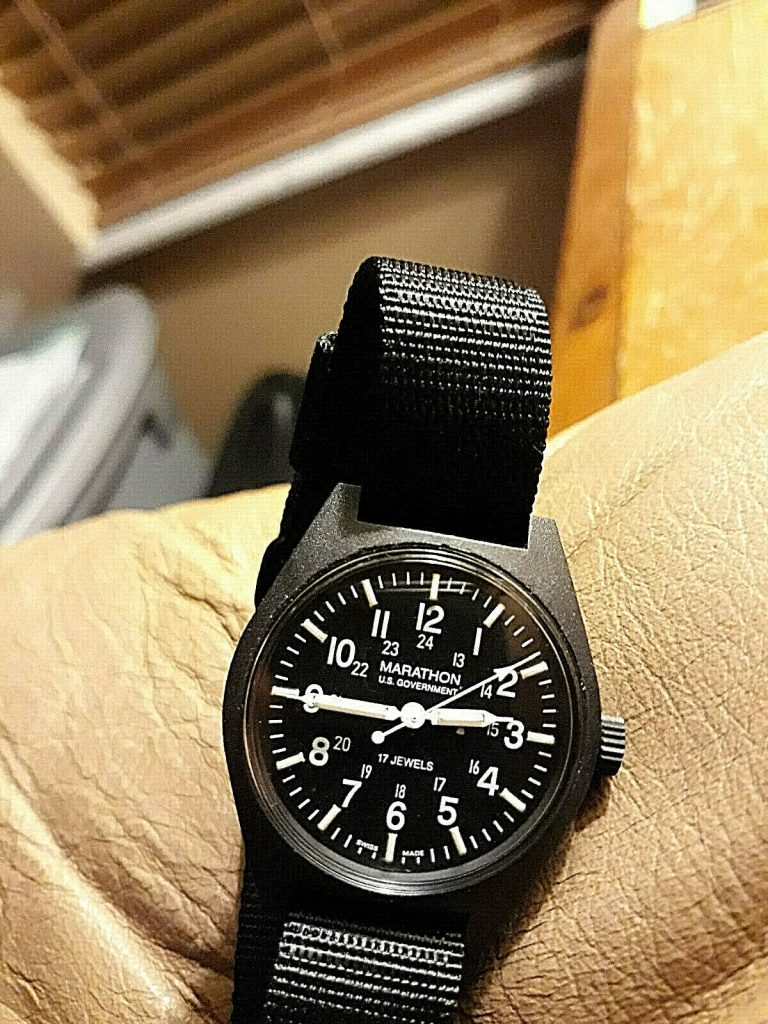
Marathon had upgraded the field watches with better materials and specs through the post-war period, incongruent over time. These capable watches were still being used by the military from the mid-60s onward. The nifty works of Marathon continued through the following decades and into the arrival of the 80s.
Designed In Canada, Built In Switzerland
Since its inception, Marathon Watch Company produced its mechanical movements in Canada, where they were based. Things changed when the brand’s supply couldn’t keep up with the enormous global demands from different government sectors post-WWII. Therefore, the Wein family decided to shift their manufacturing and assembly to Switzerland.
In the late 80s, where watches were made by the venerable Gallet & Co., they were tasked to do so with Marathon watches. The watchmaker was already producing watches for several Air and Land forces on the European side. Therefore they were chosen for their proficiency. Even when manufacturing was outsourced, they still had to comply with the stringent specs laid by Marathon in tandem with the government militaries.

Designed by Leon Wein (Mitchell’s father), the Navigator was born and was made in stainless steel material. It was also where the Marathon’s Aviator series and Search and Rescue (SAR) was conceived In 1986 – the afore catering to the U.S. Air Force, while the latter was requested by the Canadian Navy Rescue and Clearance Divers. This pilot watch was, in fact, issued to several Air Forces during the operation Desert Storm.
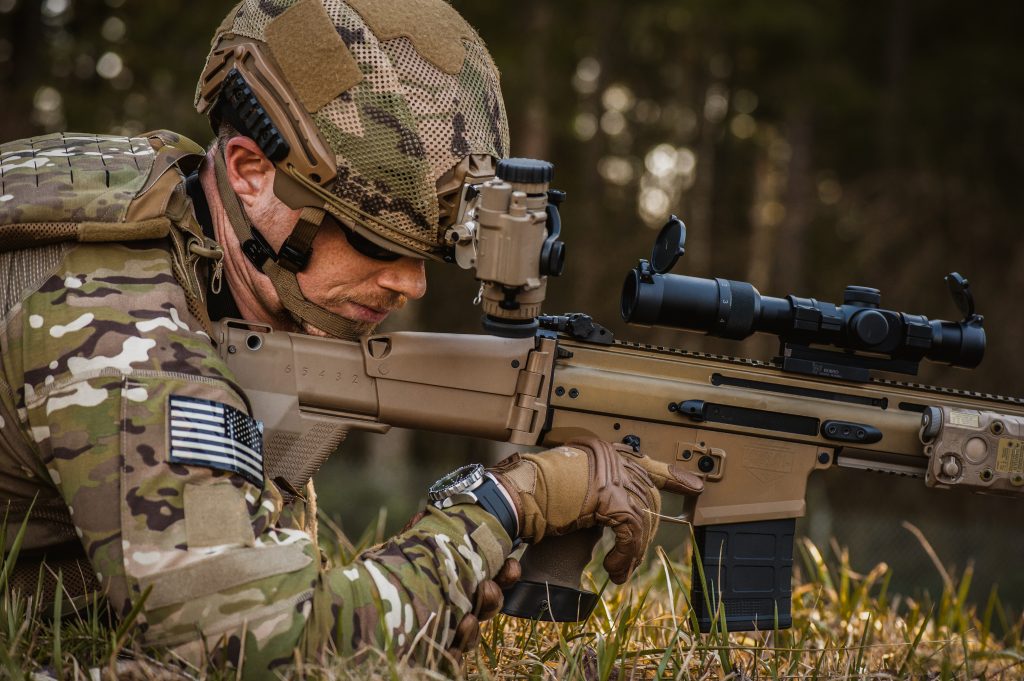
Meanwhile, during this time, the SAR dive watch design was about to come to fruition. In 2000, the SAR was designed with a dive watch bezel edified to a full-on dive watch. The SAR divers then bore several nation’s emblems – as they were utilized by countries like Israel’s Defence Forces and the Canadian Army. From there, we’d recognized Marathon’s effort, where they paid more attention to the rest of the world.
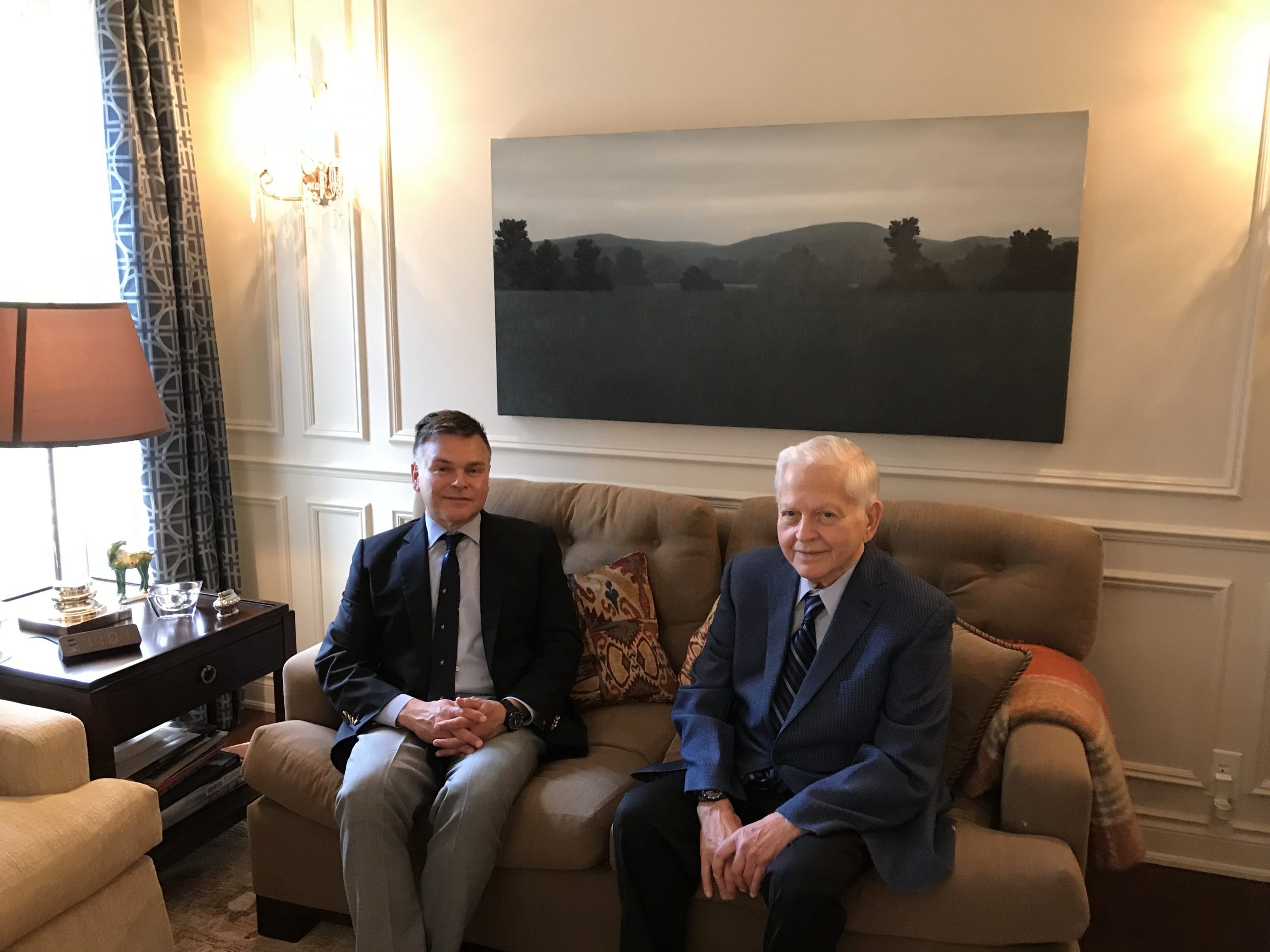
Throughout the journey, Morris Wein was fortunate to get both his son and grandson on board. The company was later passed to Leon Wein, who sat as the president of Marathon Watch Company. He has coincided with his son Mitchell, who was and still is, the current vice-president, steering all the operations today. Marathon has relentlessly pushed itself on the right track with the direct connections running the watch firm, combining engineering and craftsmanship in ensuring the highest level of quality and precision. So, let us now get right into the interview with Mitchell Wein, the man himself.
The Interview
Hello, Mr. Wein. As the man who leads the heirloom tool-watchmaker currently, what was it like for you on a personal level, seeing both your grandfather and father building up and keeping Marathon running back then?
Operating Marathon was different for every generation. When I was a little boy, my grandfather was already in his mid-70s. Although he kept a stringent working code for the watches, he was surprisingly an easy-going person. And that alongside with my father too. We worked from a beautiful office in Montreal, where we were able to look out at the harbor.
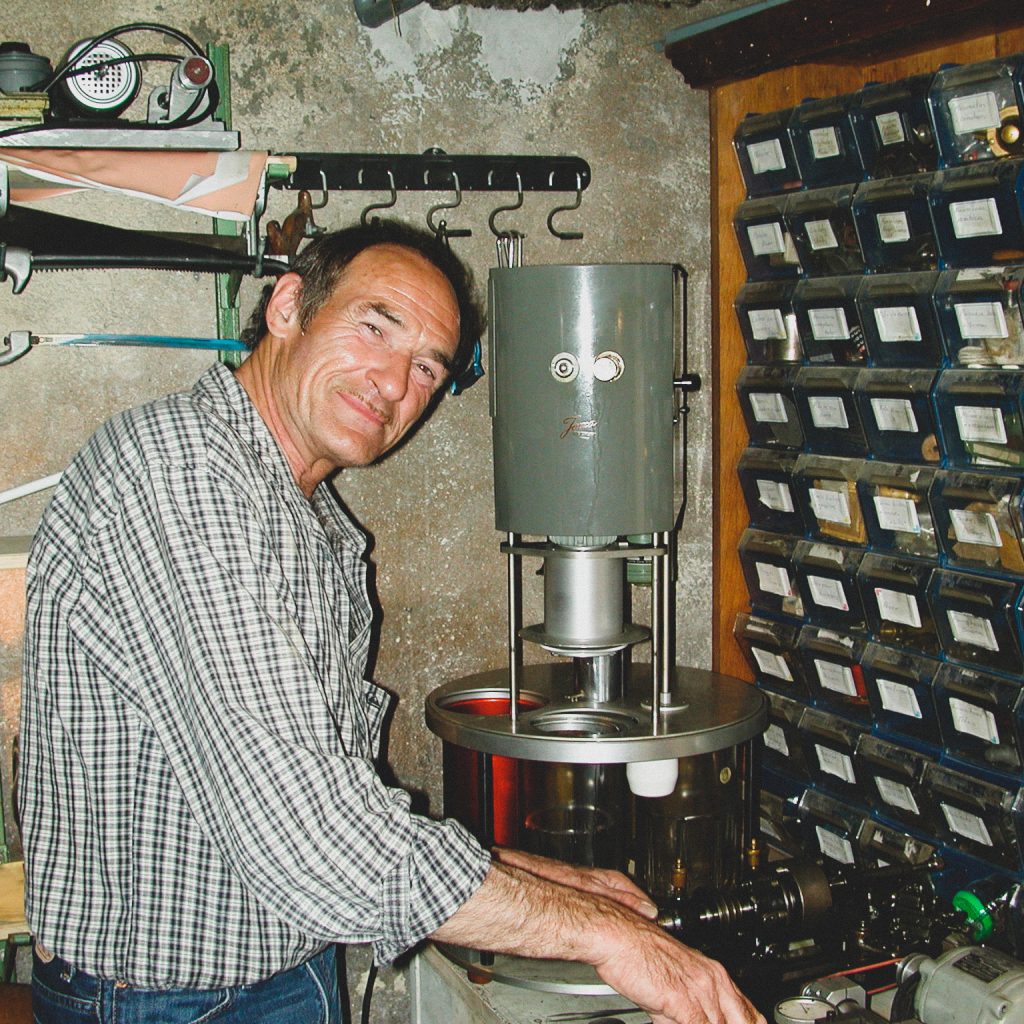
For me, I was given several exciting jobs, from polishing the watchmaker’s desk to putting watch bands onto them while winding up to check everything was ticking properly. It was a great experience and education for me in the watch industry!

No wonder you’re able to keep to the brand’s mission so steadfastly. What was it like during the early stages when one started the construction of a Marathon watch? Does it all relate to a government contract based on their requirements?
This can be seen two-fold. Sometimes, the agency would ask Marathon to manufacture a timing device that needed to perform a certain way. Whereas some might see what we already have in our collection that they can utilize.
For instance, some products we made for the U.S. government were adopted by the Canadian state or law enforcement agencies. Others were based on specifications, complied with, and manufactured at the forefront.
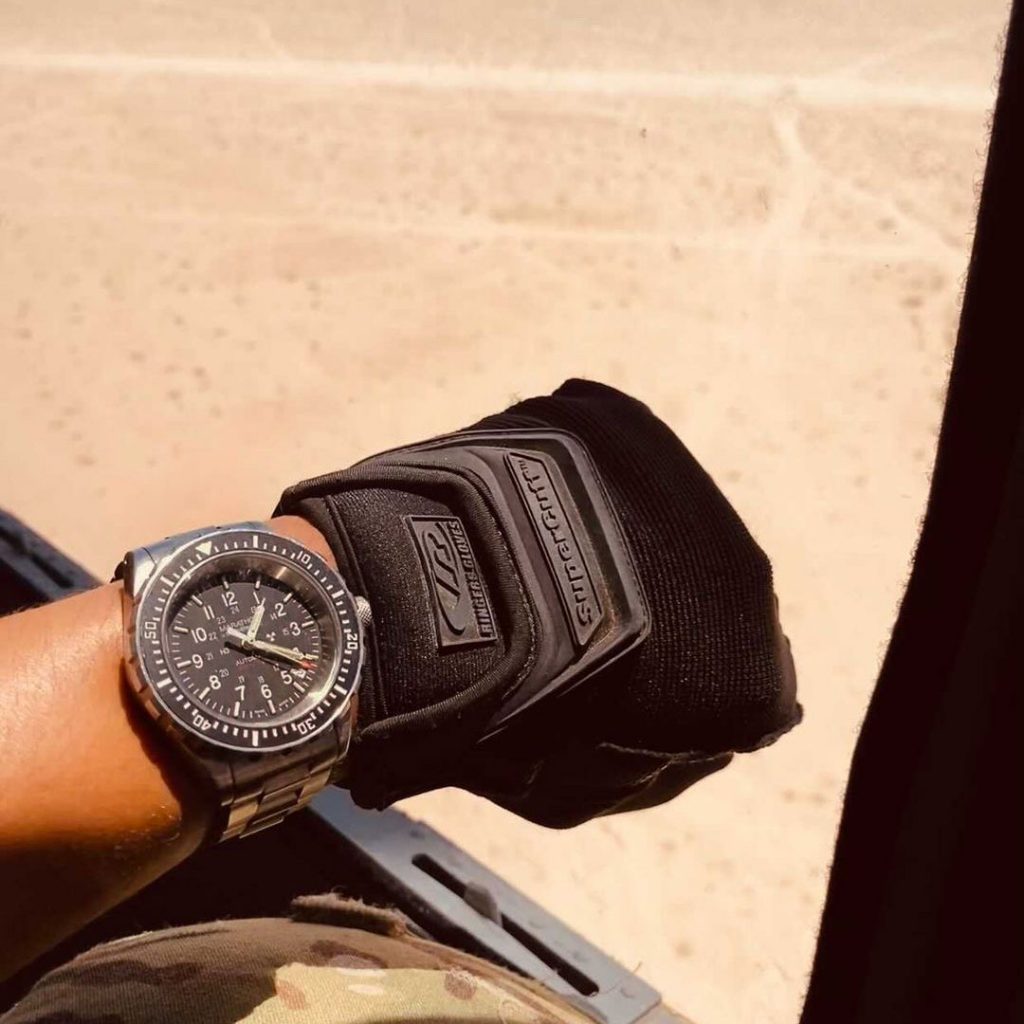
Speaking of these two governments, when did their contracts start, and how was it for Marathon to see the whole process through? Bet you had a taste of the entire thing.
Well yes. Contracts are based on requirements, and at that, we have various timelines, too, depending on the timepiece we’re set to produce. For instance, some were built for battleships or even timing devices (not wristwatches) for the Victoria Class submarines. We had to follow their advice strictly for the lead times as well as the specifications.

Also, how did you and your team keep the stringent quality checks and process of manufacturing? Are you able to elaborate on what steps you take to consistently keep up the watchmaking quality and execution?
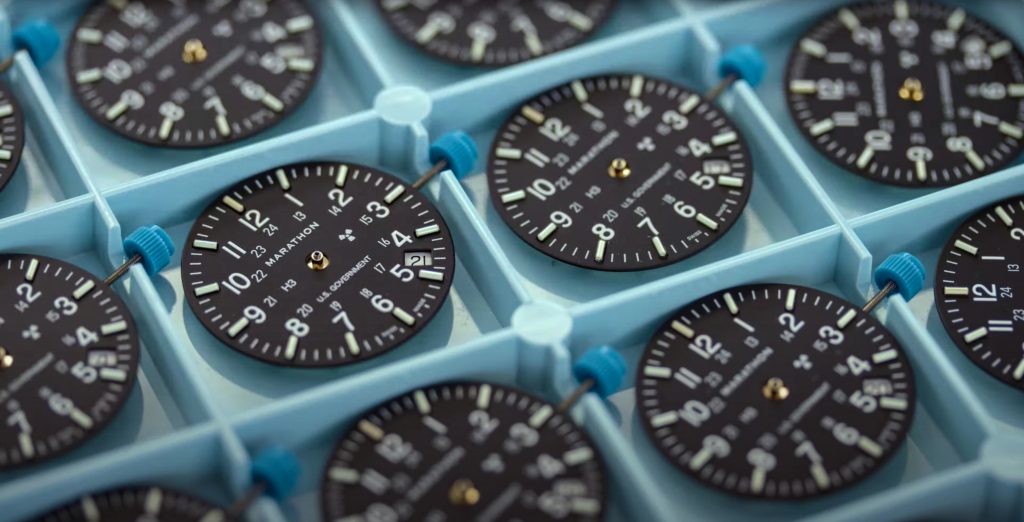
We do at Marathon and keep our quality control up to date by calibrating our testing equipment annually (or upon need). We then test our products for shock and wearing attributes like water resistance, magnetism, dust protection, extreme temperature fluctuations, and then some.
We’re aware that most, if not all, of the current Marathon watches are clad with tritium gas tubes for night reading. When exactly did this idea come about, resulting in all of that being in the brand’s existing line?
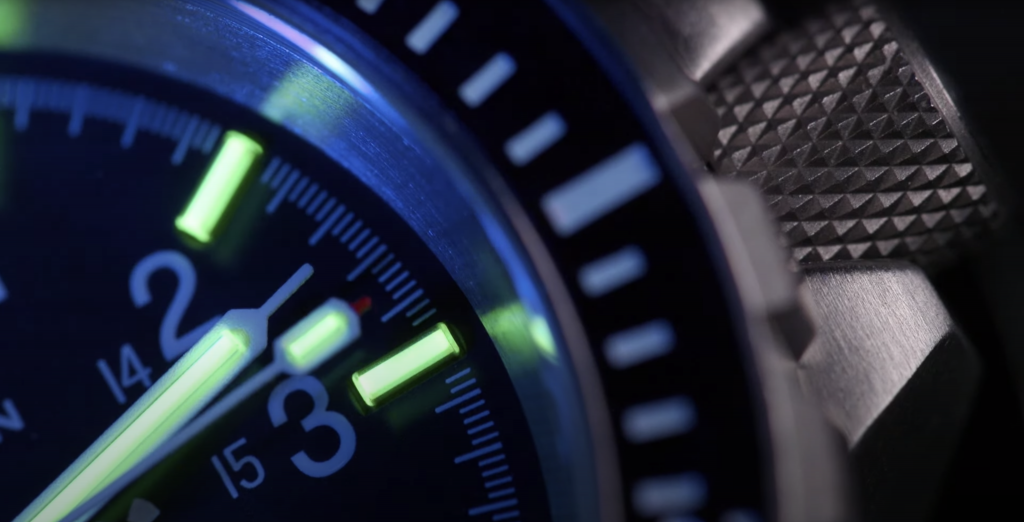
Firstly the idea of using tritium gas for illumination came from a British firm with a factory in Canada. They had glass tubes filled with tritium gas within, resulting in everlasting luminance at any point of time for a few years. The company initially applied these tubes on the airfield, acting as track lights that allow landing planes to touch down safely.
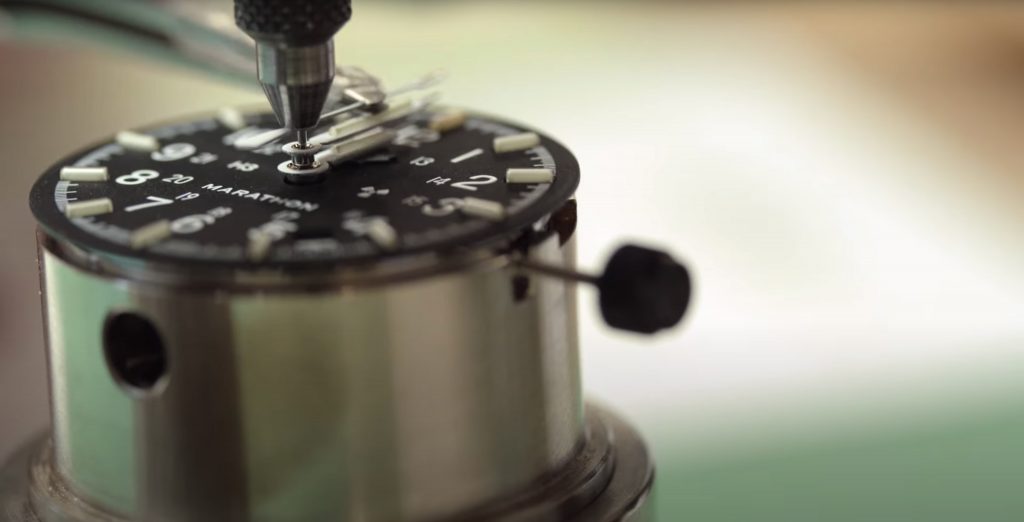
These were huge tubes back then. But by 1986, technology advancements allowed the humungous gas tubes to be miniaturized at a micro-level – small enough to be inserted into watches. Therefore from 1989 onwards, we’d first adopted the newly sized tritium tubes into our watches used by the U.S. and Canada’s armed forces.
Can you tell us what it was like during those days when Marathon played a crucial role in actual wartimes? And how were the watches finalized to be used by the army, also the methods used to distribute them?
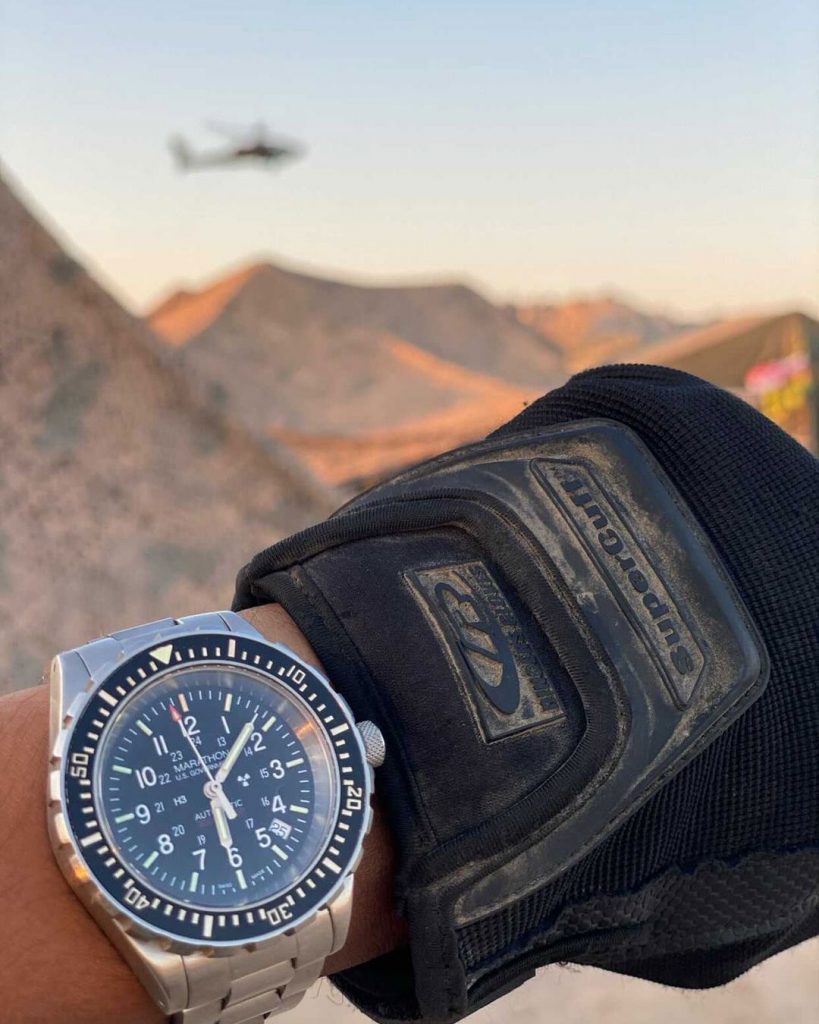
During World War II, it was tough to get Swiss-made watches through the border. Switzerland was surrounded by its enemies at that time. It was only with special permits where the watches were able to be exported out. Things were tough back then. My grandfather’s sibling, Monia, who lived in Geneva, used to handle the watch parts and movements through the channels, exporting assembled watches and watch parts to the family back in North America. Afterward, we either sold the fully assembled watches to the militaries, or we had to assemble our own, using a mixed bag of parts from Canada, Switzerland, and American origins.
Regarding the government contracts that my grandfather had in WWII with the government of Canada, the field watches were canned (literally) and handed over to them. The government would then handle the shipping of watches out to Europe, namely Italy, where our Canadian Forces were based at that time.
Speaking of Canada, we would arrive at yet another familiar military watch brand, “ANADAC,” to reverse the letters. Tell us the story behind it.
Yes, you are right about the backward spelling of “CANADA!” ANADAC was created and actually trademarked by my grandfather. He felt so proud to be Canadian that he insisted on putting “Canada” letters on all of his watches. However, as the watches were shipped and used by various countries, he ingeniously came up with a word to replace Canada. And the rest was history.
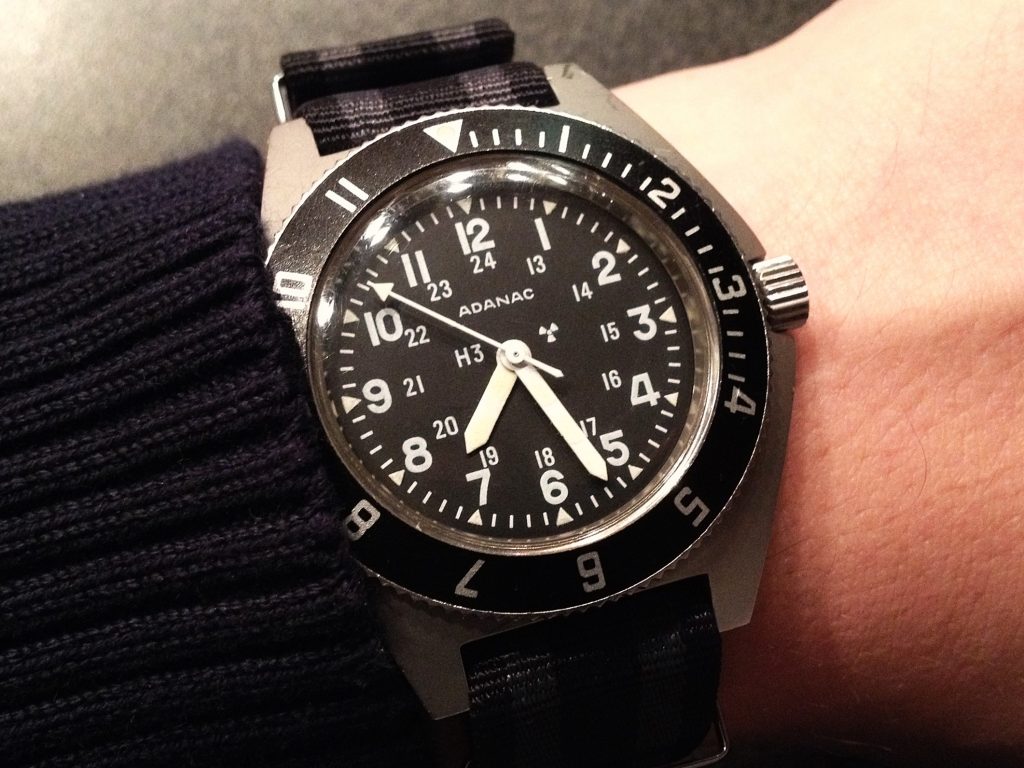
On the topic of all things military, we were amazed when we heard that Marathon was, in fact, the pioneer of the asymmetric case military watch (now known as the Navigator). How did the design come about?
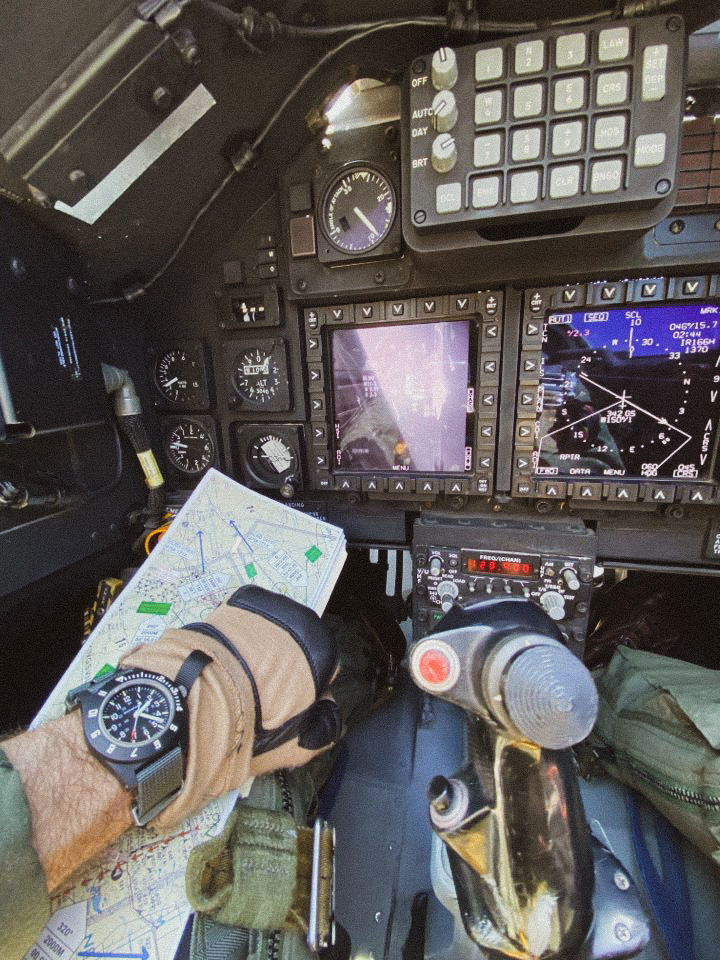
Thank you very much for the compliment! The reason behind this came about and was because when we are given specifications by governments, they often reminded us of how the watches would be used. In this case, the Kelly Air Force Base provided the specs for us, and we made it our own by curving the case to protect the crown. This was to prevent the crown from digging into the army uniform.
Now, are all the watches that Marathon has created based solely on military purposes?
No, we also created several timing devices for many governments and professionals for a variety of tasks.
Are you able to share some light on these clocks and instruments and what they were generally used for?
We have manufactured unique watches for various industries, from agriculture to border patrol. Also, we included unique clocks for hospitals and airports. This shows the adhering sense of quality and military heritage through our clocks. They, too, are being sold to the general public.

Are there any interesting stories from military personnel sharing their experience with how reliable Marathon watches were during operation?
Of course! We have Cyrus Pohwala from the U.S. Marines: “Issued this watch (the GSAR) while I was in the U.S. marines. Over the last 12 years, it has withstood multiple deployments in Iraq and Afghanistan. It has seen 4 of the 7 modern wonders worldwide and had been used on several diving/snorkeling trips in the Pacific, Atlantic, and the Gulf of Mexico.”
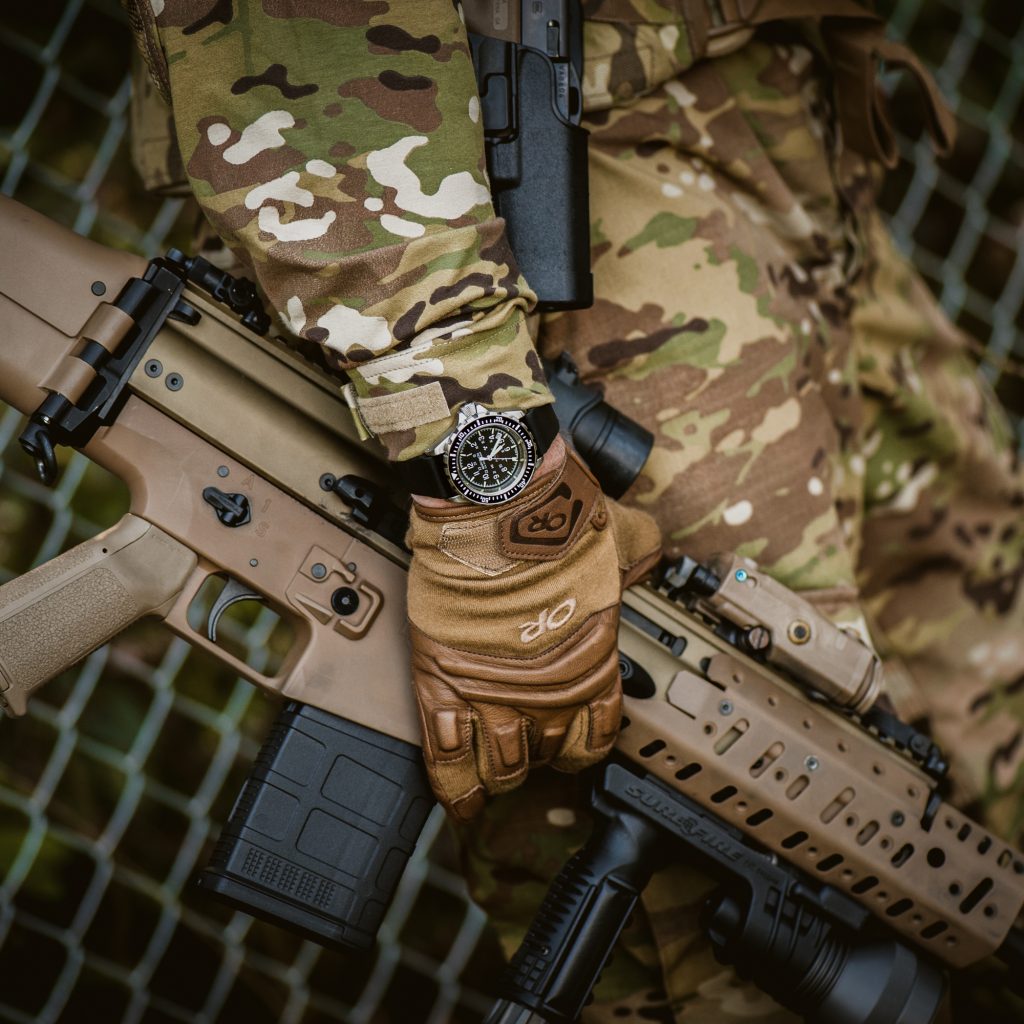
And one more from John M. Snyder, a GySgt, Teacher, Tutor, and a retired Marine. He’s a Beirut veteran of America and a life member at that. Here’s his sharing: “The GSAR Automatic is marine tough and built like a tank. Nearly 30 years of world travel, and it’s still going strong! I started wearing my Marathon while on active duty as a United States Marine. Retired from the Corps in 1997, and that exact same Marathon automatic GSAR is still running strong. It continues to be my go-to daily wear. This watch has survived the swamps of North Carolina, the sweltering deserts of Middle East, the punishing seas of the North Atlantic, and the frigid weather of the Arctic.”
He continues, “My watch has more than three years at sea, serving in two combat zones, and now back in civilian life. It has even been called upon to survive the rigors of nearly 15 years in my public school teaching!
Although it’s a bit banged up – it has more than a scratch or two – I have Benn through more watch bands than I care to think about. After all that, my government-issued Marathon still works flawlessly and keeps time well today as it did when I first started wearing it. It was nearly 35 years ago. One day, I would proudly pass this watch on to my son, and this same piece will still be keeping time when my son’s grandson gets it. Like I said, the damned thing is built like a tank!”
As the owner of Marathon, what was it like for you to continue forward with the brand’s legacy?

Continuing the legacy is not of Marathon but that of my family. That is what makes it truly important. Everyone wants their family to have a better life, and I try to create that same feeling with our office and staff. You can see through all these from the quality of our products and where each team member takes ownership proudly. They are considered a part of this family.
We have heard that Marathon solely builds watches in Switzerland now. Why a switch, and what was the process like?
Marathon watches are built in La Chaux De Fonds, Switzerland, to maintain the best quality possible for us as a watch manufacturer. Over there, we depend on our phenom watchmakers with their engineering prowess and encapsulate the best laboratories and state-of-the-art equipment to ensure complete quality control.
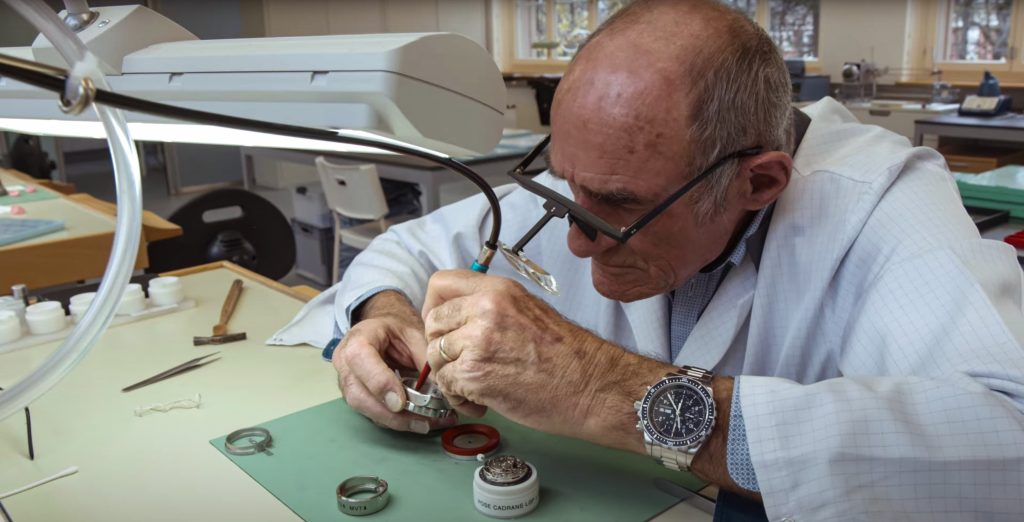
Our region is recognized widely in the country for being the best watchmakers on the planet. From the delicateness of hair-spring manufacturing to the minuscule shock absorbers and oil we applied. These are all carefully calculated with accuracy, ensuring the quality and strength are maintained for all watches, stop-watches, and other horological instruments.
Right. Let’s move on to specifics regarding the current collection. Are you able to shed some light on the reason for creating the GSAR series?
Sure, the GSAR series was born in the early 1980s. The first entry catered to the Canadian Department of National Defence. Back then, they felt that the only qualified watch to utilize was Rolex. Therefore, they asked me if we could produce for them since the Crown pricing is relatively high. Notably, at this time, we were already supplying the U.S. government.
An interesting bit was when I traveled to Switzerland to meet our fantastic head watchmaker, Jean Maurice, and we developed a plan to produce 1000 pieces of GSAR. During the production phase, the tool to make the case broke down all of a sudden! We then had to adapt and found another case manufacturer nearby to get the job done.
As our practice of designing our watches to be as durable as possible, I did a tremendous amount of research before any executions. This included the deep study of how mesh gloves worn by divers could utilize the new 300m water-resistant case. In addition, we’d changed the crown to match those of our ship clocks so that one can still unscrew the crown with wet hands. To have icing off the cake, the U.S. government saw this new design and wanted a new one with tritium tubes (back then, some were traditional luminous paints), which were solely implemented on the Canadian version.
When we talk about the GSAR, we can’t forget the MSAR creation. Were they made to be the mid-size unisex collection? How did the idea come about?
The MSAR watch was not created based on gender but on the sizing of the wrist. Whether male or female, smaller wrist or larger wrist. Warfighters all varied in wrist sizes, and we want to ensure everyone could be outfitted with a Marathon watch.
On the flip side, how about the beastly JDD? How did it come about? Was it due to some contracts that necessitated one?
Honestly, it’s not that of a big watch, but a more large size watch for a bigger wrist. As I said, we cater to all warfighters with different wrist sizing. The main feature of the JDD is to have both the day and date displayed on the dial, offering both English and French languages for the Canadian government use.
That includes the one and only CSAR (as of now) you got there. Is this watch based on the U.S. or Canadian governments too?
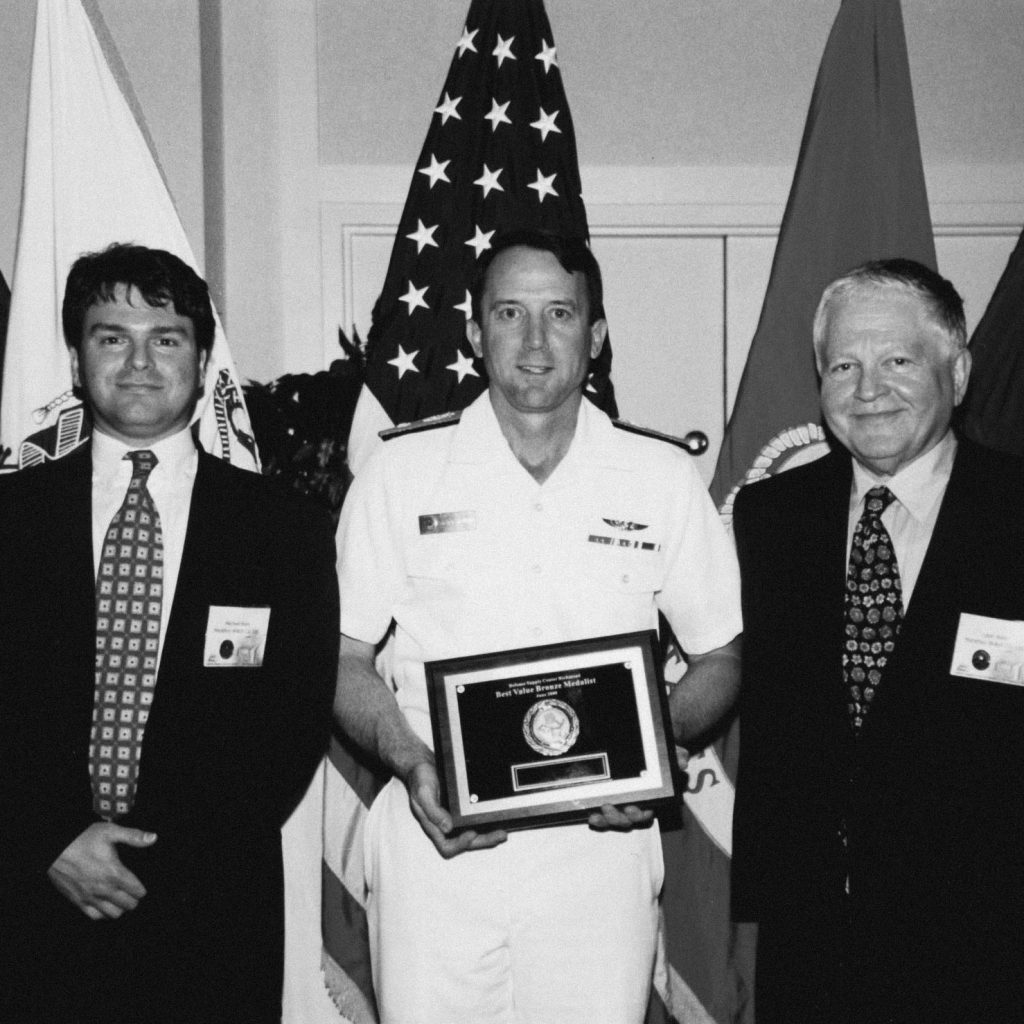
Now this one was made specifically for the Persian Gulf War. The contract had a tight schedule that I had to develop in just 6 months. Pilots needed to record decimal timing, up to 1/100th of a minute. This was specially requested by the government agency.
One more thing, we find the 34mm GPM and GPQ interesting as the size was kept this way and never a bigger variant. Are they actually used by governments?
The Canadian and U.S. governments worked together, devising the specifications required for the 34mm. Again, this was not made as a “small” watch. Instead, it’s to specific requirements. The dial is easy to read off as it has large numbers and tubes at each index. It was made to be lightweight, and the strap is easy to adjust due to the variety of holes. In the 60s and 70s, this was considered the norm size.
Apart from continuing military contracts from U.S. and Canadian governments, are there other nations working with you currently?
Yes, we work with various governments and law enforcement agencies globally, but I’m not able to divulge any additional information for now.
And we shall not probe further. Recently, we came across a white dial variant in the MSAR collection, coming in with different logos on the dial. Could you tell us more about the story of these new MSAR Arctic editions?
We decided to create the Arctic edition MSAR because many Search and Rescue members didn’t only use them in dark conditions. Sometimes it’s quite the opposite. For example, in the Canadian Arctic, we’d have 24-hour daylight during the summer months. Thus the white dial is easy to read for government professionals that may work in these brighter settings.
Are there any new ongoing projects still based on real-life feeds, especially from the U.S. government?
Yes! In fact, we are in the testing phase of reissuing the Navigator in the steel case. Hopefully, we can bring it into the market by 2022. The new steel Navigator will be built to be more challenging than the ones we produced in 1990, with much-improved accuracy and shock resistance.

One more thing, How are you guys are coping through this particular time. Were things affected in terms of manufacturing or planning?
Thank you for asking. We have been doing pretty well during this pandemic. Of course, like many other businesses, it was difficult at first to navigate through. But our primary focus is still on the governments’ orders.
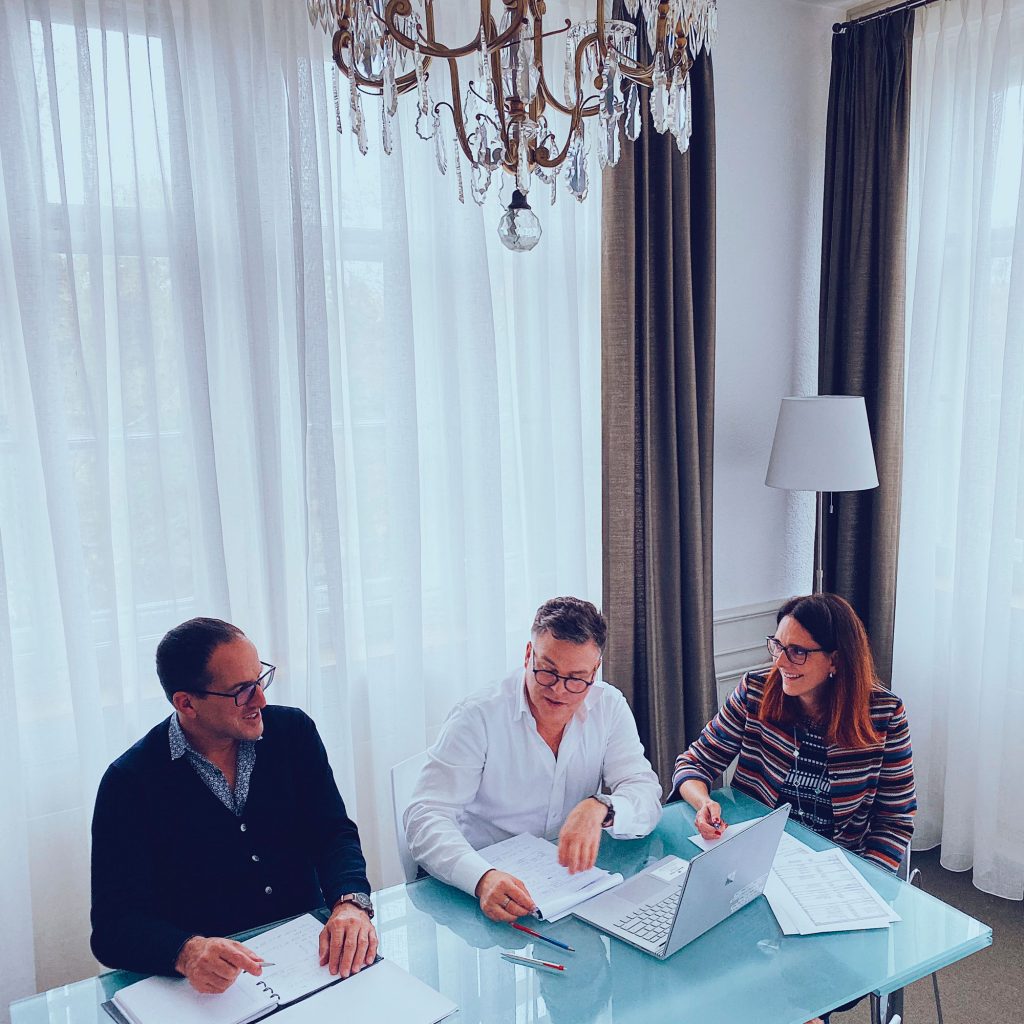
We remained sturdy on that for any situation. We are prepared for worst-case scenarios, too, as we need to stay ahead of what the pandemic brings forth for us in terms of logistics. But most importantly, our health and safety.
To close things out, are you guys planning anything off the track from what you have been creating?
Innovation is an integral part of our industry, and as such, we are always planning for the future. Due to many requests by our enthusiasts, we are excited on releasing the white dial SAR version this summer. This will round out our line-up for Arctic Search and Rescue watches, quartz and automotive movements in 36mm and 41mm. What comes after? Be on the lookout!
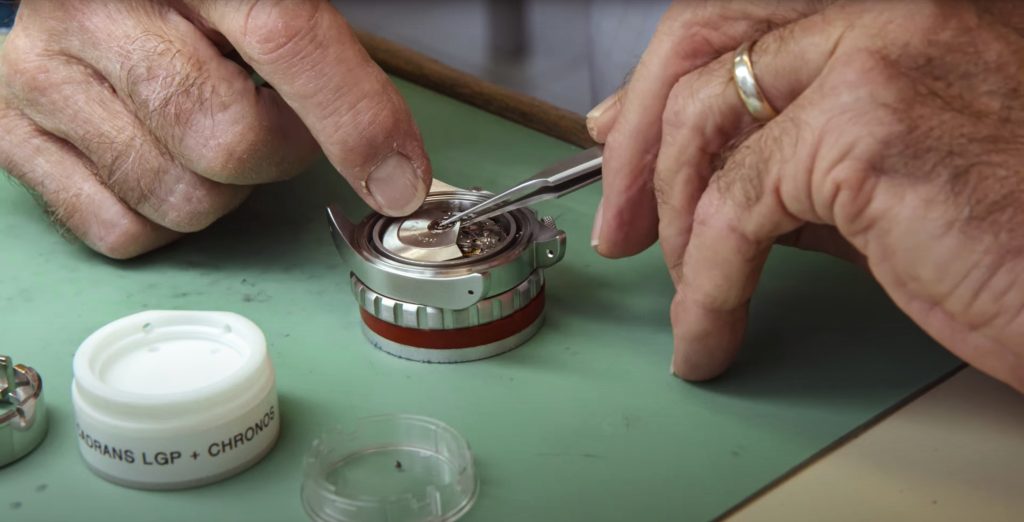
Many thanks to Marathon Watch Company and Mitchell Wein for making the time to give his eclectic attuned perspective and insights.














